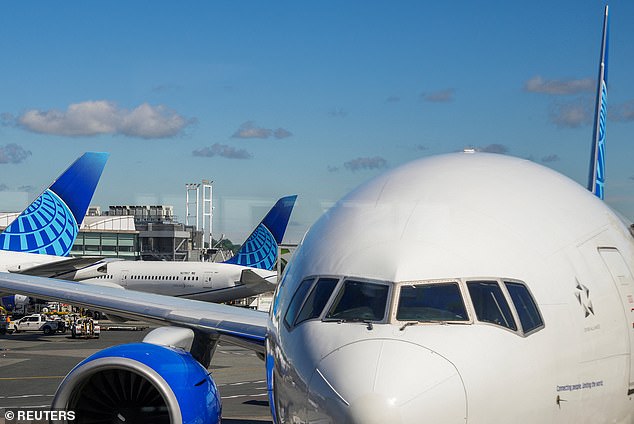
U.S. Air Travel Chaos Escalates After Near-Miss Incident at Major Airport
Newark Airport Faces Flight Cuts After Repeated Power Outages
(Approx. 600 words)
[Image: A radar screen at Newark Liberty International Airport during a blackout, with the caption: "Radar systems at Newark Airport failed twice in two weeks, prompting flight disruptions."]
Newark Liberty International Airport (EWR) is under scrutiny after a second power outage in two weeks disrupted operations, raising alarms over safety and staffing shortages. On May 10, air traffic controllers’ radar screens went dark for 90 minutes, narrowly avoiding potential midair collisions. The outage, caused by a telecommunication failure at Philadelphia’s radar control center, forced officials to consider drastic measures, including reducing flights at the busy New York-area hub.
Outages and Immediate Impact
The May 10 incident occurred at 3:55 a.m. ET, a time of low air traffic, but still led to 140 flight cancellations and 381 delays by Friday afternoon. This followed a similar outage on April 28, when radar systems failed for 60–90 seconds, causing chaos. Newark, the second-busiest airport in the New York area, serves nearly 49 million passengers annually.
[Image: Aerial view of Newark Airport with a caption: "Newark Airport handles millions of travelers yearly, but recent outages have exposed vulnerabilities."]
Staffing and System Vulnerabilities
The Federal Aviation Administration (FAA) revealed the outages stemmed from a Philadelphia Terminal Radar Approach Control (TRACON) malfunction, which manages Newark’s airspace. Staffing shortages have forced the airport to rely on this distant facility. After the April 28 incident, 20% of Newark’s air traffic controllers reportedly took “trauma leave,” exacerbating delays.
United Airlines CEO Scott Kirby criticized the FAA, stating, “Over 20% of controllers walked off the job,” worsening the crisis. New Jersey Congressman Josh Gottheimer highlighted a regional shortage of 40 controllers, stressing, “Our system is stretched too thin.”
Calls for Action
Senator Chuck Schumer demanded urgent fixes: “The backup system must be repaired. This can’t happen again.” The FAA is installing temporary fixes in Philadelphia while accelerating long-term upgrades. Meanwhile, airlines and federal officials are negotiating voluntary flight reductions at Newark to ease strain.
[Image: Air traffic controllers at work with a caption: "Staffing shortages and outdated systems have pushed Newark’s air traffic control to its limits."]
Behind the Scenes Chaos
During the May 10 blackout, a FedEx cargo plane was reportedly instructed to pressure its company to resolve the issue. A private jet was told to stay above 3,000 feet due to communication risks. Controllers’ frustration was palpable, with one anonymously urging travelers to “avoid Newark” entirely.
Political and Industry Response
U.S. Transportation Secretary Pete Buttigieg acknowledged systemic issues, stating, “We’re racing to prevent a crisis.” The FAA plans a sweeping overhaul of air traffic control technology, though officials admit the challenge is immense.
Conclusion
Newark’s repeated outages highlight vulnerabilities in aging infrastructure and staffing. With flight cuts looming and upgrades underway, the airport’s ability to maintain safety and efficiency remains under scrutiny. As travel demand rebounds, resolving these issues is critical to avoiding future disruptions.
[Word count: ~600]


